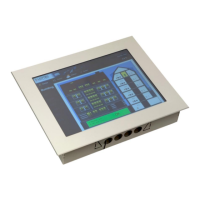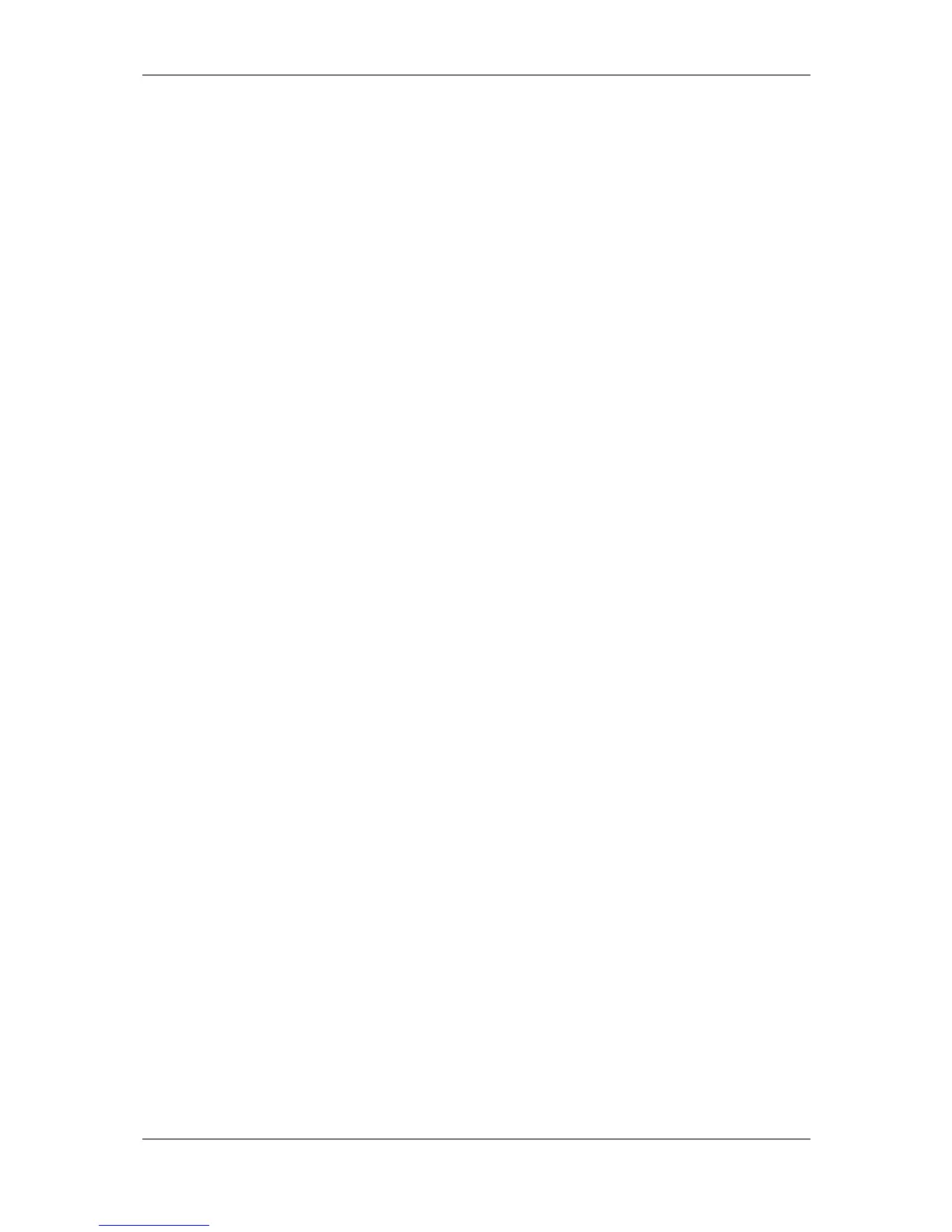L-VIS User Manual 188 LOYTEC
Version 6.2 LOYTEC electronics GmbH
A date range: This defines a range. Starting with a start date and ending with the
end date. No wildcards should be used.
A Week-and-Day definition: This defines dates based on a week, such as every
1st Friday in a month, every Monday, every last Wednesday of a month.
A schedule defines at which time instants certain states of the scheduled data points are
maintained. The next-state feature allows looking ahead into the future and predicting when
the next scheduled state will occur. There are two data points involved: the time-to-next-
state is a counter in minutes to the next scheduled event, and the next-state data point is the
state of the next scheduled event. This information can be used by controllers to optimize
their algorithms (e.g., pre-heat a room for the scheduled occupancy state). Use the
SNVT_tod_event in CEA-709 to accomplish this task.
When a scheduler is executing the schedule on the local device, it is called a local
scheduler. Such a scheduler is configured to schedule data points and later its daily
schedules can be modified. When accessing the daily schedules of a scheduler, which
executes on a remote device, the object is called a remote scheduler. A remote scheduler
has the same interface to the user to modify daily schedules. A remote scheduler object can
be used as a user-interface for schedulers that execute on different devices.
10.3.3 Trending
Trending refers to the ability to log historical values of data points over time. A trend log
object is responsible for this task. The generic trend log object provides the maximum set of
features. It can be configured to record historical data of any data point on the device. Log
records are generated either in fixed time intervals, on change-of-value (COV) conditions,
or when a trigger is activated. The fixed intervals can be optionally aligned to the wall time
(e.g., to the top of the hour). After a reboot, the recording is resumed at the aligned
intervals. Trend log objects can trend either local or remote data points. Technology trend
log objects can be used to record historical values of the respective technology data points
and expose them to network technologies that support it. These historic logs are separate
from the generic trend logs and certain restrictions of the technology may apply.
The trend data is stored in a binary format on the device. The capacity of a given trend log
is configured. The trend log can be operated in one of two modes: In linear mode the trend
file fills up until it reaches its capacity. It then stops logging. In ring buffer mode the oldest
log records are overwritten when the capacity is reached.
Devices with SD cards also allow backups of the trend logs on external Flash storage. This
backup can be triggered by the user over the LCD display or be triggered by certain actions.
The trend data is stored in CSV format under a folder identifying the device by serial
number and the trends sub-directory, e.g. '016101-8000000DEA51/trends'. The SD card can
be used on different devices. In this case different device directories will be created. The
trend backup files can be opened directly on a PC. The backup on external storage can be
enabled individually per trend log.
A fill-level action can be activated, whenever the trend log has logged a percentage of its
log size with new log records. A fill-level condition of 70% on a trend log with 1000 items
capacity will activate the fill-level trigger every 700 logged records. This trigger can be
used to send E-Mails or backup trend data on external storage if available.
Trended data points can be logged as their actual values at given time instants or as an
aggregated value over the defined log interval. Aggregation can be calculated as minimum,
maximum, or average. Aggregation can be beneficial, if the trended value changes more
frequently than the selected log interval. Using aggregation, the log interval can be chosen
to limit the amount of logged data while preserving information of the trended value.
For technology trend log objects, certain restrictions apply as to how many data points can
be trended in one trend log and which trend modes are available. Refer to the technology
sections for more information.

